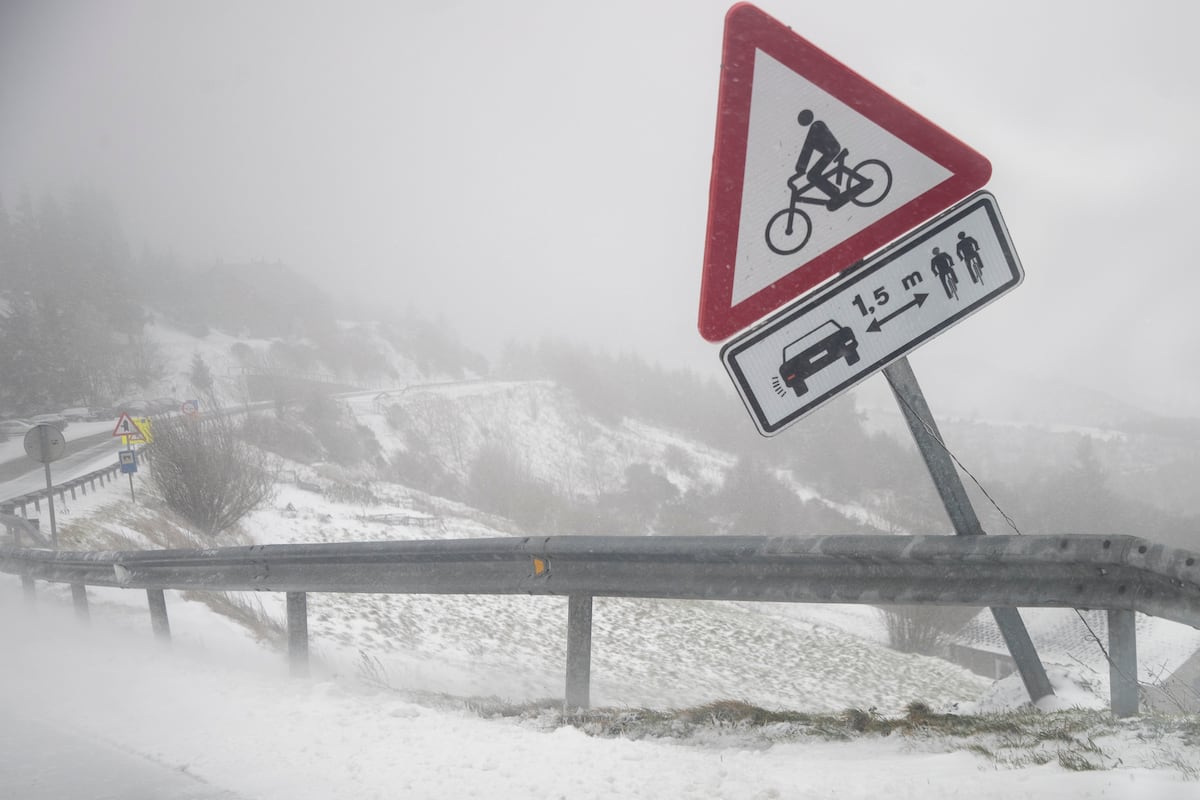What is fog and how does it form? | Scientists respond | Sciences

the Fog is one of the meteorological phenomena that greatly affects vision And this has a huge impact Transportation. It is condensation, tiny droplets of water suspended in the atmosphere and reducing horizontal visibility to less than a kilometer. When we talk about reduced visibility between 3 and 5 kilometers It’s about fogwhich consist of slightly smaller and less dense particles.
Fog appears as a cloud of variable thickness and density. Its base is in contact with the earth’s surface and this is what results in reduced visibility. It is similar to a cloud in its formation but differs in the way and where it is formed. Clouds are formed when the air rises and cools, and fog is formed either by cooling or by increasing water vapor until it reaches saturation and condensation, which is what we see, those particles suspended in the air.
There are several types of fog depending on its composition. If it is formed by increasing vapor, it is known as evaporative fog, among which are vapor fog and frontal fog. This usually occurs on surfaces that contain water such as the sea, lakes, rivers… When cooler air moves over warm water to one degree or another, this can produce evaporation of water from the surface, as the water vapor rises and mixes with the cooler air becomes saturated and condensation forms. It is really the combination of two types of air masses with different water vapor content that generates these haze that are usually seen over the sea or over lakes. On the other hand, frontal fog occurs when there are presence of frontal systems, cold or warm fronts. Warm air rises above cold air, causing precipitation. The rain that falls on cold air has a temperature very close to what we call in meteorology the dew point, which is the temperature at which saturation occurs. And this fog is produced there, too. This type of fog is generally very dense and persistent.
However, if fog is formed by cooling, radiation, haze confluence, or haze can be produced. One of the most common is Radiation haze. I am from Seville and a lot happens there in the winter and it affects road traffic and air transport on many occasions. This type of fog occurs when we have anti-vortex winter nights, that is, in the absence of clouds and wind. The Earth’s surface loses heat by radiation, and the air adjacent to the surface cools, and since there is no breeze or wind that generates turbulence in the environment, these layers of fog remain attached to the surface. When there is more wind, the fog rises slightly, to about 20-30 metres. Radiation haze usually clears one to three hours after sunrise.
Sometimes when wind blows warm moist air onto a cool surface, it cools on contact with it, and if there is enough moisture, what is known as a delay fog is produced. Sufficient winds, at least 15 to 20 km/h, are required to facilitate both horizontal movement and vertical mixing of air. This happens, for example, in coastal areas and it also happens in the summer.
finally, Another type of fog is orographic. It is a fog that forms over or around mountains. The air rising up the mountainside cools to the dew point temperature until fog or clouds form.
Carmen Alvarez Castro She holds a PhD in climatology and is a researcher in the Department of Climate Simulation and Forecasting at the Euro-Mediterranean Climate Change Center (CMCC) in Bologna, Italy.
Question posted by Paola García Passaro.
Formatting and writing:Victoria Paul
We answerIt is a weekly sponsored science advisoryDr. Anthony Esteve Foundationand programL’Oréal – UNESCO “For Women in Science”which answers readers’ questions about science and technology. They are scientists and technologists who are members of theAMIT (Association of Women Researchers and Technologists)that answer those questions. Send your questions to[email protected]or via Twitter #werespond.
You can follow Thing in FacebookAnd Twitter And instagramor register here to receive Weekly newsletter.

“Award-winning zombie scholar. Music practitioner. Food expert. Troublemaker.”


/cloudfront-eu-central-1.images.arcpublishing.com/prisa/AHVYMMDSTZDTDBFNZ3LMFUOKNE.jpg)




